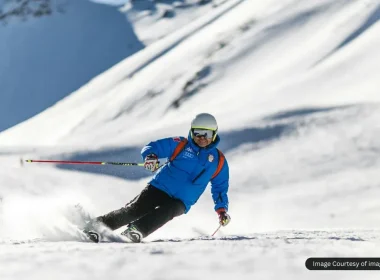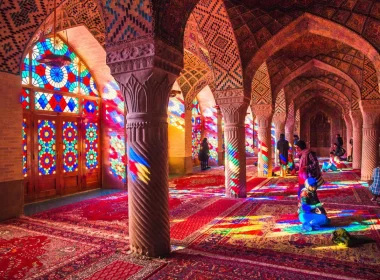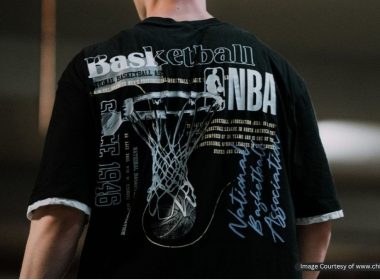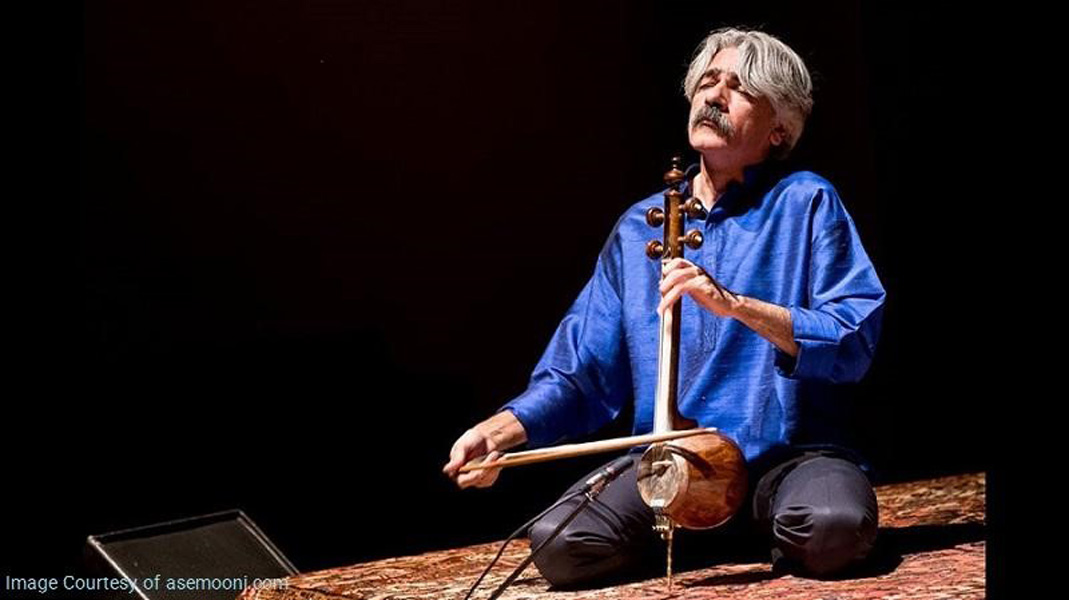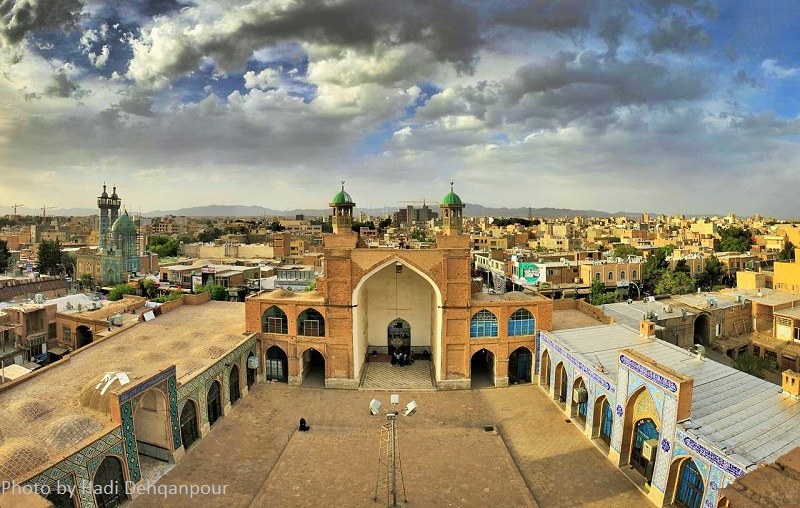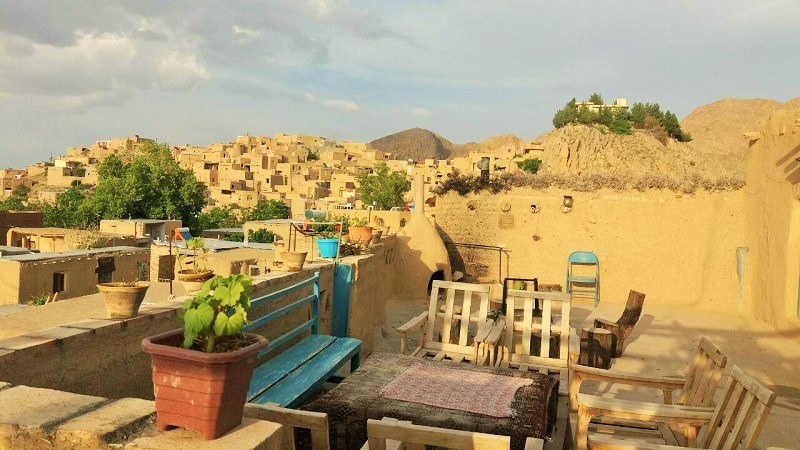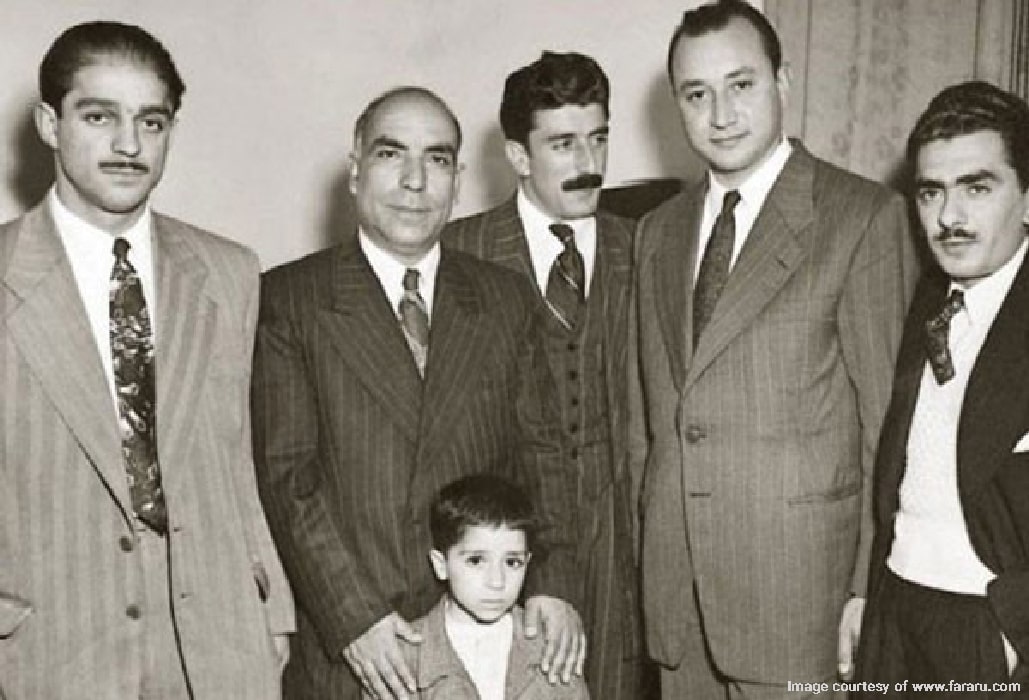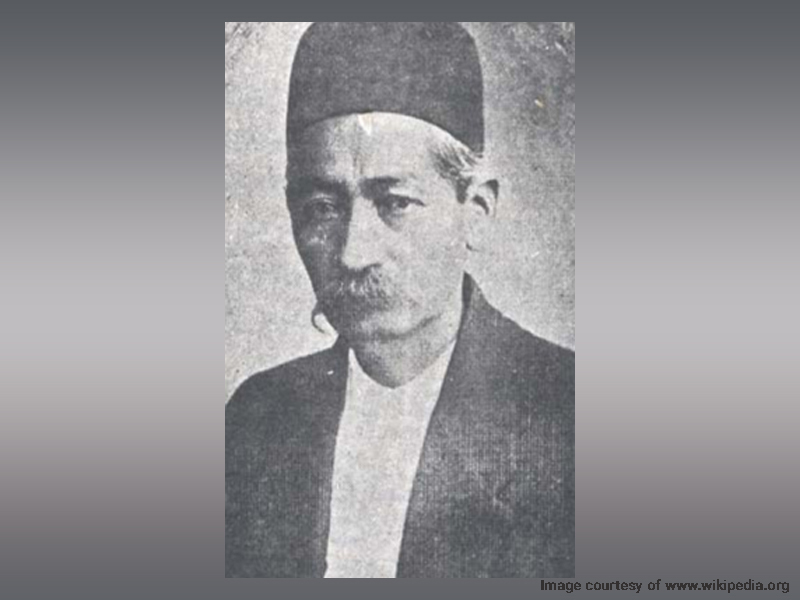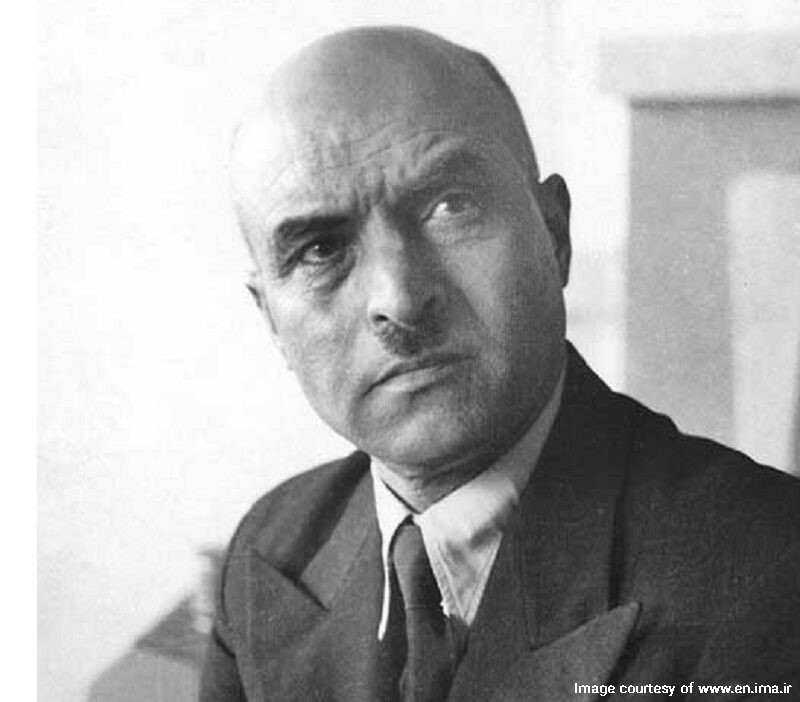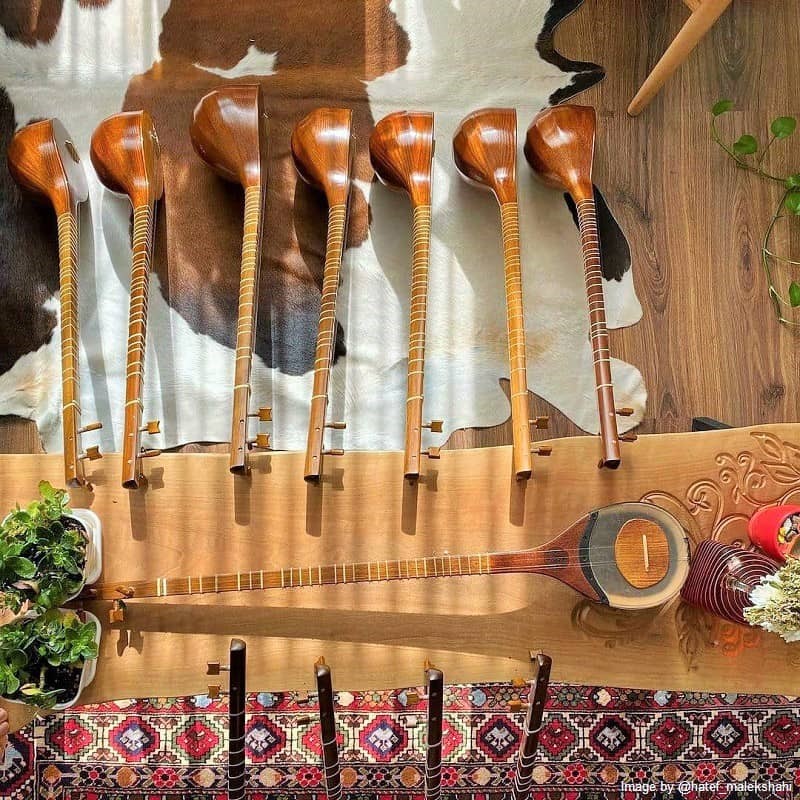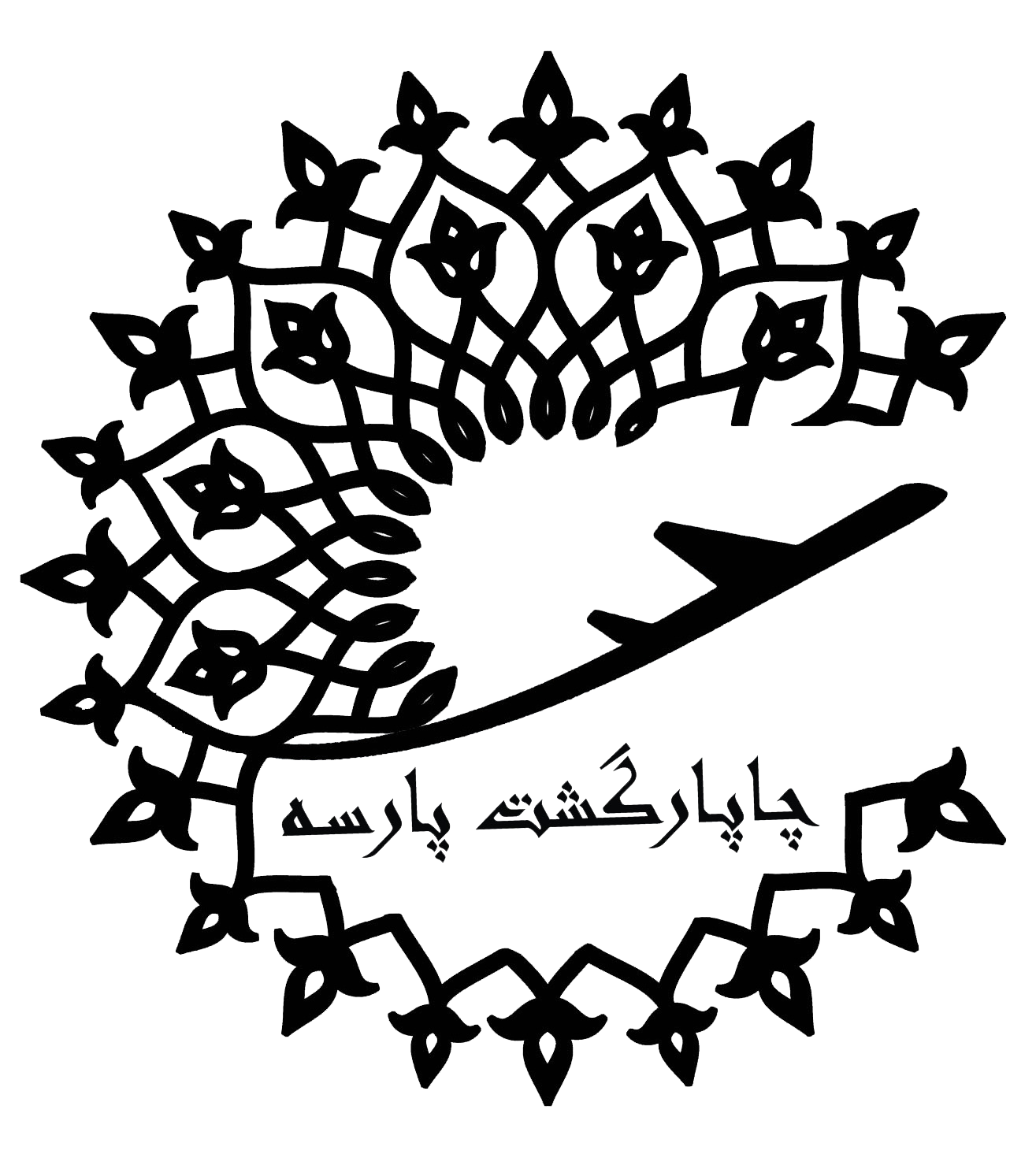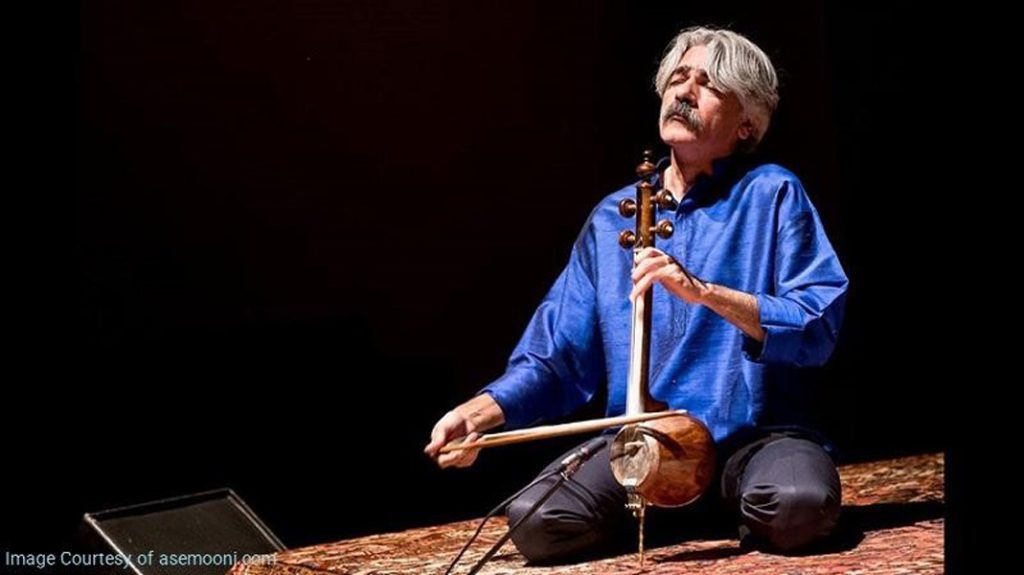
Iranian traditional music, also known as Persian classical music, profoundly reflects Iran’s cultural and social identity. Rooted in ancient Iranian traditions, this music has evolved over centuries, preserving its unique melodies, rhythms, and emotional depth. It is a testament to Iran’s rich history, moral values, and artistic heritage.
What is Iranian Traditional Music?
Iranian traditional music is characterized by its use of Dastgah (a system of melodic modes), Avaz (vocal improvisation), and intricate rhythms. It dates back to pre-Islamic times and has been passed down through generations, primarily through oral traditions. This music is not just an art form but a spiritual experience that connects listeners to Iran’s ancient epic spirit and cultural values.
Key features of Iranian traditional music include:
- Gousheh: Small melodic units used to build compositions.
- Dastgah: A system of seven primary modes and five derivative modes (Avaz).
- Radif: A collection of melodic patterns that form the foundation of improvisation.
Historical Evolution of Iranian Traditional Music
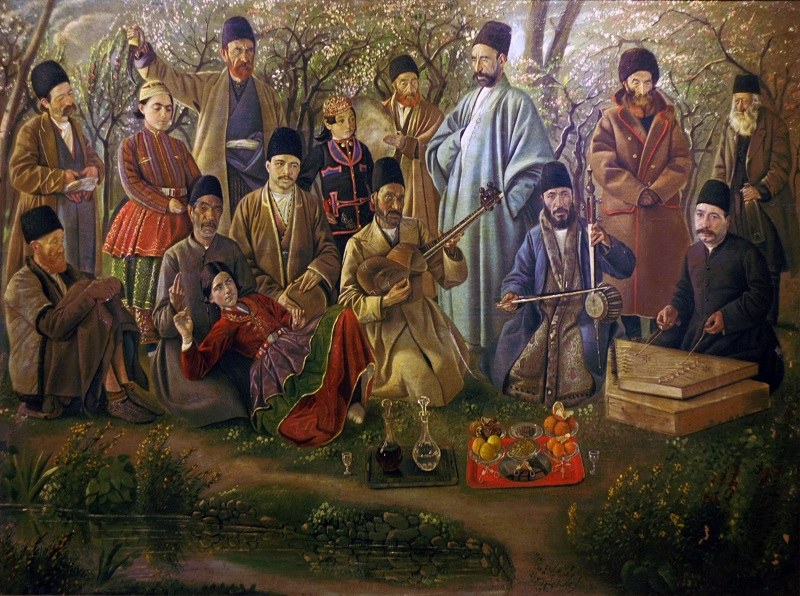
The history of Iranian traditional music can be divided into two significant periods:
1. The First Period: Ancient to Qajar Era
In ancient times, musical performances were highly revered by kings and noblemen.
Ancient Iran: Music was highly regarded, with scholars like Barbad and Nakissa contributing to its development.
Safavid Era: Music faced decline due to religious restrictions, but it persisted in royal courts.
Qajar Era: A revival occurred, with artists like Seyed Ahmad Khan recording songs on gramophones. The establishment of Dar ul-Funun introduced European music theory, blending it with traditional Persian systems.
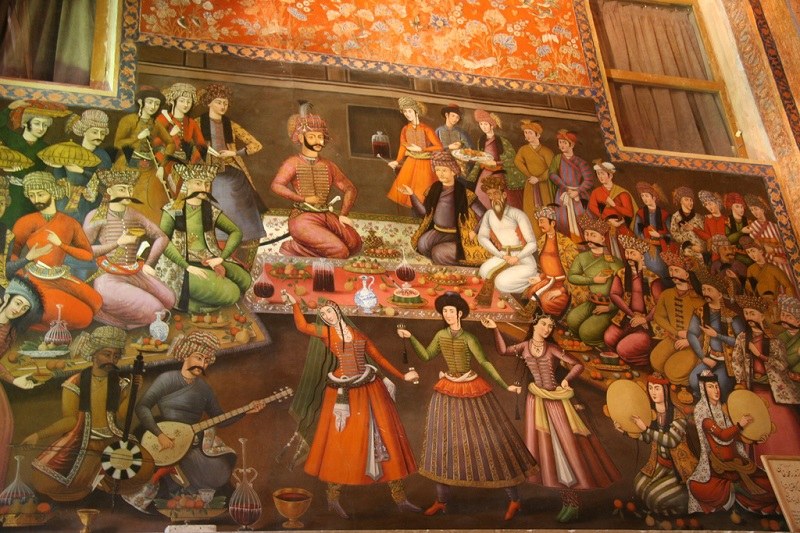
During the Qajar era, the traditional music of Iran developed in different aspects, including religious melodies. Among the artists of this period, we can mention Seyed Ahmad Khan. He was the first Iranian singer who recorded his songs on a gramophone. Qolikhan was another artist who performed Ta’zia and sang Avaz Dashti, a derivative of Dastgah Shur or Dastgāh-e Šur.
After establishing Dar ul-Funun and recruiting European tutors and music instructors, Iranian traditional music developed in a theoretical and scientific framework, European professors would teach music theory in French and Persian languages in the music theory classes held by Dar al-Funun Institute.
2. The Second Period: Modern Era
Pahlavi Era: Western influences led to new musical styles, but traditional music remained a cornerstone of Iranian culture.
Contemporary Era: Artists like Mohammad-Reza Shajarian and Shahram Nazeri have brought global recognition to Iranian traditional music.
Traditional Iranian Musical Instruments
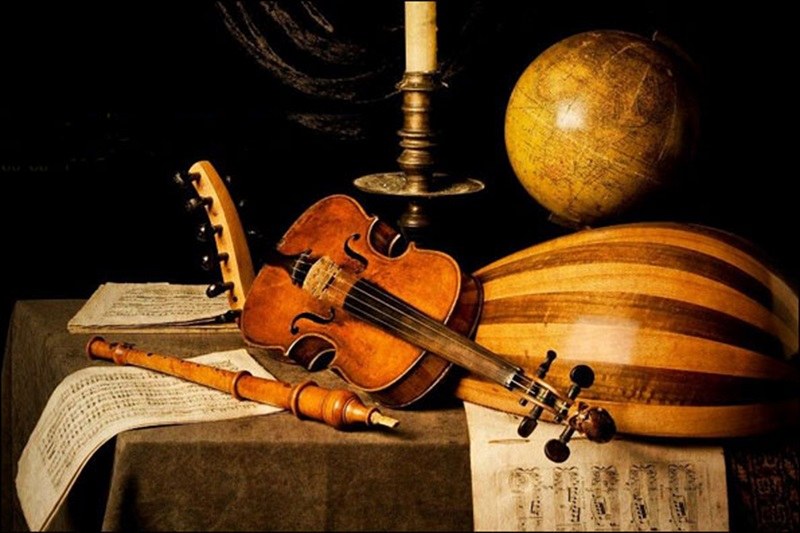
In different eras of history, Iranians have used various traditional musical instruments. Here is a general categorization of Iranian instruments:
- Plucked String instruments such as the unique Iranian Santur.
- Wind instruments such as Ney (flute), Sorna, The Korna, and Ney-anbān (bagpipe)
- Bowed String instruments such as Kamancheh, Oud, Rebab or Robab and Tar
- Percussion instruments such as Dohol, Daf, drum, and Tonbak or Tombak
Key Concepts in Iranian Traditional Music
Persian traditional music utilizes a musical theory system different from that of the European version. Here are the main concepts in this discourse:
Radif (order)
The current Radif is the legacy of the era of Ali-Akbar Farahani, a famous Tar and Setar musician. Amir Kabir, the prime minister of Naser al-Din Shah Qajar, invited Ali Akbar Farahani to the royal court to promote and spread Iranian music.
Then, Gholam Hossein Khan, Ali Akbar’s brother, taught this style of music to Mirza Hossein-Qoli and Mirza Abdullah, Ali Akbar Khan’s two sons. Mirza Hossein-Qoli and Mirza Abdullah organized this style in the form of melodic samples. Today, this category is known as “Radif” in Farsi.
In fact, Radif is a collection of melodic samples from traditional Iranian music that is almost similar to the Repertoire in Western musical discourse. A Radif collection is a set of melodies that organize the Gousheh (tunes) in some different melodic orders called “Dastgah”.
The compilation and collection of Radif in its current structure began at the end of the Zand era and the beginning of the Qajar era. At the beginning of the Qajar period, the Maqam melodic system was replaced by the system of Radif and seven Dastgah, and five Avaz instead of several Maqams.
The Farahani family (Mirza Abdullah, Hossein-Qoli, and Ali Akbar Farahani) can be introduced as the pioneers of Radif.
Today, Radif has two main functions:
- It is a dynamic model open to variations of an artist’s creativity, as Iranian traditional music is very improvisational and imaginative.
- For Example, for educational purposes, it allows students to break down the repertoire into basic Gousheh or tunes.
Dastgah (system or mode)
Dastgah refers to the seven primary melodic modes in Iranian music. Each Dastgah evokes specific emotions and serves as a base for improvisation:
- Shur
- Segah
- Chahargah
- Rast-Panjgah
- Humayun
- Mahur
- Nava
Avaz (vocal)
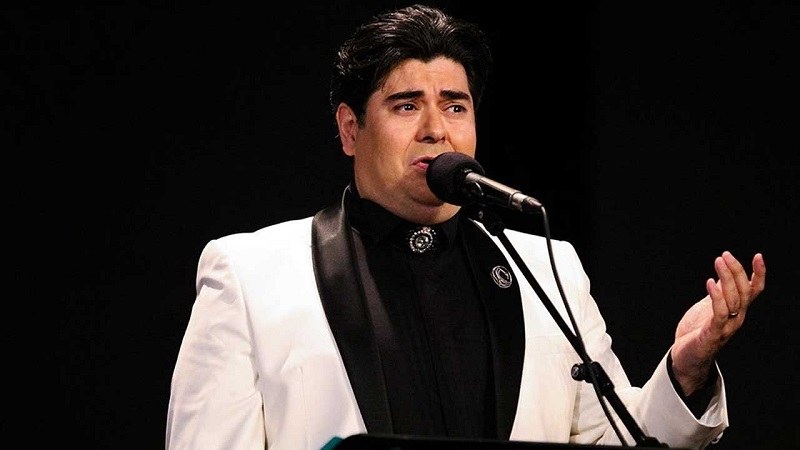
Avaz is the non-metered vocal component in Iranian music and is often part of a Dastgah. Consequently, we call it a subset of the Dastgah or a secondary Dastgah. For example, Avaz Dashti is a derivative of Dastgah Shur. Iranian traditional music includes five Avaz, which are:
- Abuata, Dastgah Shur
- Bayat-e Tork (Bayat-e Zand), Dastgah Shur
- Afshari, Dastgah Shur
- Dashti, Dastgah Shur
- Bayat-e Isfahan, Dastgah Homayun
Today, as in all eras of history, traditional Iranian music maintains its spiritual roots and unlike folk and popular music, it is mostly the focus of the intellectual and distinguished individuals in Iranian society.
Famous Iranian Traditional Music Artists
Iranian musicians form the identity of Iranian traditional music. Below we mention some prominent Iranian musicians:
He was a Tar and Setar player and also a pioneer in the art of composition. He was the one who promoted music among the people.
Ali-Naqi Vaziri was a Setar and Tar player who started the modernism movement in Iranian music. He established a music institute and spearheaded the development of Iranian music for a long time.
Taj Isfahani was the most famous singer of Avaz Bayat-e Isfahan.
Habib Soma’i
Habib Samai is widely considered the greatest Santur player of the last century.
Abolhasan Saba
Abolhassan Saba was the best Setar player in the contemporary era and the best student at Darwish Khan’s school of Setar.
Qamar-ol-Moluk Vaziri
She was the most famous Iranian female singer of the last century. Her songs are masterpieces of Iranian music.
Ruhollah Khaleghi
Khaleghi was a composer, musician, violinist, conductor, and author of several music books.
Hossein Tehrani
Hossein Tehrani was the most skilled Tombak player in contemporary history. He held the first Tombak concert in Iran.
Gholam-Hossein Banan
Banan was one of the most popular singers of his time and a student of Ruhollah Khaleghi and Ali-Naqi Vaziri.
Javad Maroufi
Javad Maroufi was the first pianist to combine Western music techniques with traditional Iranian music. He was a student of Ali Naghi Vaziri. Anoushiravan Rouhani is one of his students.
Mohammad-Reza Shajarian
Mohammad-Reza Shajarian is one of the prominent Iranian singers who won the Picasso Award. He received the Patron’s Award from Aga Khan Development Network and was nominated for a Grammy Award.
Shahram Nazeri
In 1998, Shahram Nazeri won the award for the Best Sufi Music in Morocco. In October 2007, France awarded him the “Légion d’honneur.”
Parviz Meshkatian, Hossein Alizadeh, Qurban Soleimani, and Alireza Soleimani are other famous Iranian traditional musicians.
Ultimately, it must be acknowledged that Iranian traditional music owes its progress and status to the people we mentioned and many others who have played an essential role in preserving this art among Iranians.
Iranian Folk Music and Folklore Songs
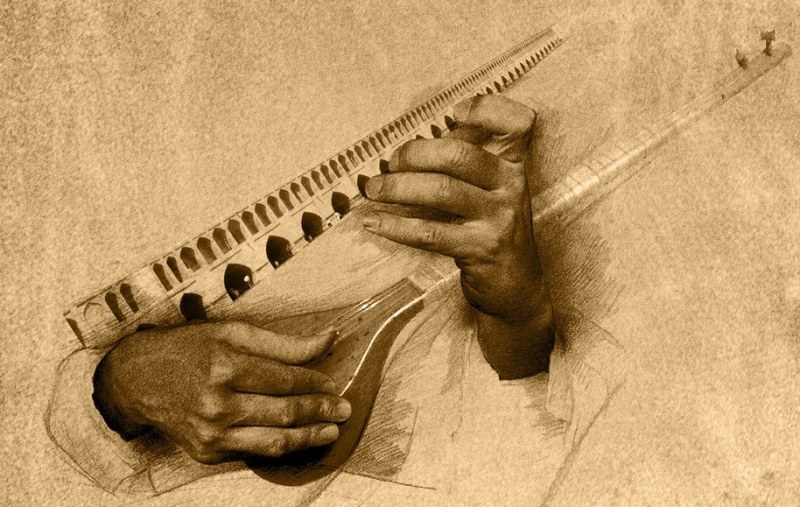
Folk music is the most authentic form of Iranian music, reflecting the cultural diversity of Iran’s regions. Each ethnic group, including Azerbaijanis, Kurds, and Baluchis, has its unique musical traditions. These songs, often performed in rural areas, preserve Iranian communities’ shared values and stories.
Since there are different ethnic groups and cultures in Iran, this type of music includes different variations of speech and melody samples. For example, the folk music of Azerbaijan, Gilan, Khorasan, Bakhtiari, Kurdistan, Shiraz, and Baluchistan are very distinct not only in terms of melody but also in lyrical composition. Iranian folk songs include a diverse set of musical perspectives.
The Global Influence of Iranian Traditional Music
Iranian traditional music has influenced musical cultures across Central Asia, the Middle East, and beyond. Countries like Afghanistan, Pakistan, Turkey, and Greece have incorporated Persian melodies into their own traditions. Conversely, these cultures have also contributed to the evolution of Iranian music, creating a rich tapestry of cross-cultural exchange.
Why Iranian Traditional Music Matters
Iranian traditional music is more than just an art form; it is a window into Iran’s soul. Its melodies evoke emotions, tell stories, and preserve a nation’s cultural identity. Whether through the haunting sounds of the Kamancheh or the rhythmic beats of the Tonbak, this music continues to inspire and captivate audiences worldwide.
Frequently Asked Questions
Please let us know if you have any other questions regarding Iranian classical music or related concepts in the comments below. We will respond as soon as possible.
How Many Traditional Instruments Are There in Iranian Music?
There are over 20 traditional instruments used in Persian music, each with its unique sound and cultural significance.
In general, Iranian traditional music features a wide range of instruments, including 3 categories:
- Wind Instruments: Ney (flute), Sorna, Ney-anbān (bagpipe).
- String Instruments: Tar, Setar, Kamancheh, Santur.
- Percussion Instruments: Daf, Tonbak, Dohol.
Who Are the Most Famous Persian Traditional Music Artists?
Some of the most renowned Iranian traditional music artists include:
- Mohammad-Reza Shajarian: A legendary vocalist and UNESCO award winner.
- Shahram Nazeri: Known for his mastery of Sufi music.
- Parviz Meshkatian: A celebrated Santur player and composer.
- Hossein Alizadeh: A virtuoso Tar and Setar player.
- Gholam Hossein Darvish Khan: A pioneer in promoting Persian music.
- Ali-Naghi Vaziri: A modernist who blended Western techniques with Persian music.
What is the Difference Between Dastgah and Avaz?
Dastgah refers to the seven primary melodic modes in Iranian music. Avaz is a subset of Dastgah, often used for vocal improvisation. For example, Avaz Dashti is a derivative of Dastgah Shur.
How Can I Learn Iranian Traditional Music?
Learning Iranian traditional music typically involves Studying under a master musician (Ostad), learning to play traditional instruments like the Setar, Tar, or Santur, and racticing Radif and Dastgah to understand melodic structures. Many music schools in Iran and abroad offer courses in Persian music.
What Are Some Must-Listen Pieces of Iranian Traditional Music?
Some iconic pieces include:
- “Avaz-e Dashti” by Shahram Nazeri.
- “Morghe Sahar” by Gholam Hossein Darvish Khan.
- “Bidad” by Mohammad-Reza Shajarian.
- “Chaharmezrab-e Segah” by Parviz Meshkatian.
To Read More About Iran’s Traditional Music:
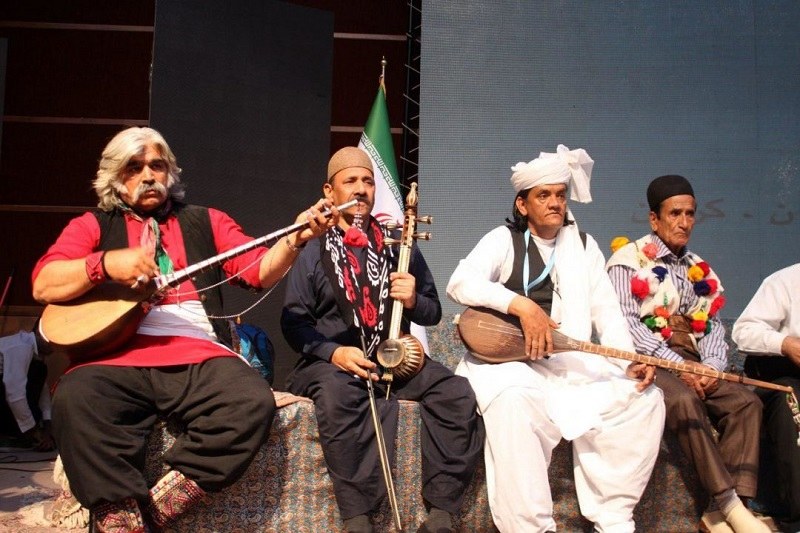
- The Traditional Skills of Making and Playing Setar in Iran
- Getting to know the skills of making and playing the Tar, an Iranian string instrument
- The skills of making and playing the Kamancheh, an Iranian string instrument
- The skills of making and playing the Ney instrument, an Iranian wind instrument
- The skills of making and playing Tombak, an Iranian Percussion instrument
- The skills of making and playing the Tas instrument, an Iranian Percussion instrument
- The skills of making and playing the Santur, an Iranian string instrument
- Skills of making and playing Rabab, an Iranian string instrument
- The skills of making and playing the Naqareh, an Iranian percussion instrument
- The skills of making and playing the Dohol instrument
- The skills of making and playing the Qanun
- The skills of making and playing a Daf instrument
- The skills of making and playing the Oud instrument (Barbat)
- The skills of making and playing the Chang, a string instrument of ancient Iran
- The skills of making and playing the Iranian Tanbur instrument
- Traditional skills of making and playing Iranian Dotar
- Introduction of Dastgah and Avaz in Iranian traditional music
- Introduction of Tahrir technique in Iranian traditional song
- History of Iranian music


